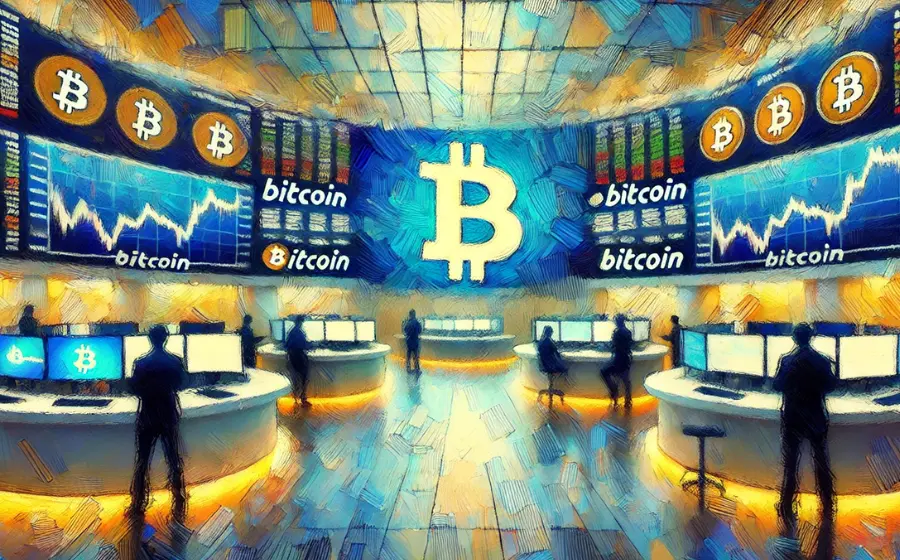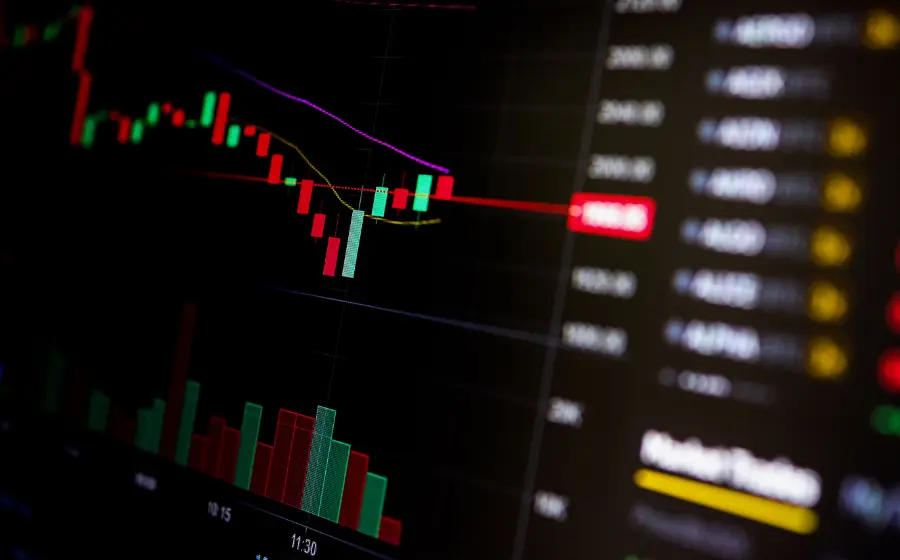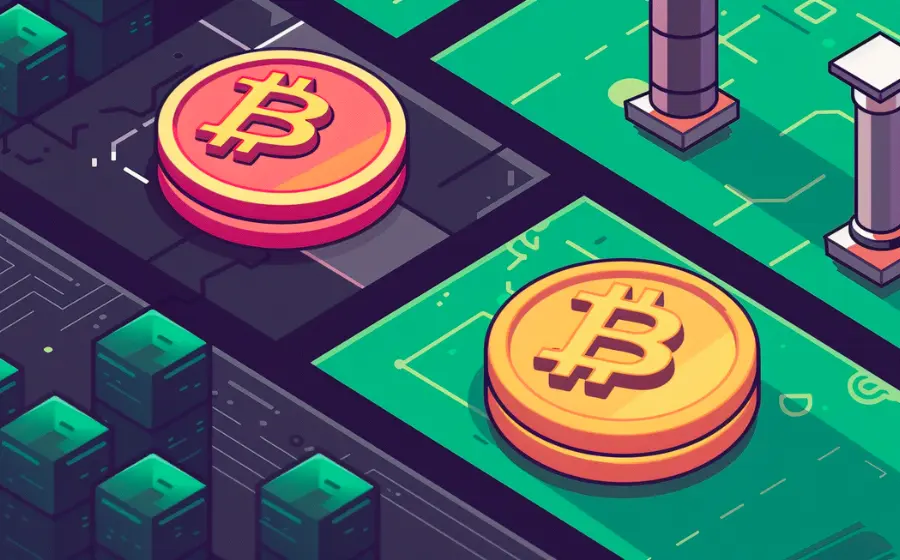
KEYTAKEAWAYS
- Mt Gox transfers 42,587 BTC ($2.85B) to internal wallet
- Crypto market experiences downturn as Ethereum ETF launches

CONTENT
Defunct exchange Mt Gox moves substantial Bitcoin assets, potentially initiating creditor repayments. This coincides with the launch of Spot Ethereum ETFs, sparking market speculation and impacting both Bitcoin and Ethereum prices.
In a significant development, Mt Gox, the infamous Bitcoin exchange that collapsed in 2014, has transferred $2.8 billion worth of Bitcoin (BTC) as part of its creditor repayment plan. This move comes on the heels of the anticipated launch of Spot Ethereum ETFs, creating a ripple effect in the cryptocurrency market.
>> Also read: 2024 Crypto Asset Industry Regulations Trend Forecasts
According to Arkham Intelligence, on Tuesday, July 23, Mt Gox moved 42,587 BTC, valued at approximately $2.85 billion, to an internal wallet. An additional 5,110 BTC was transferred via a different internal wallet, bringing the exchange’s total holdings to 90,344 BTC, worth about $6 billion.
This large-scale transfer follows a series of smaller transactions observed on Monday, July 22, which are now believed to have been test runs for the bigger movement. The timing of these transfers coincides with Mt Gox’s July 16 announcement of initiating Bitcoin and Bitcoin Cash repayments to 13,000 out of approximately 20,000 creditors.
The crypto market has reacted to these developments, with both Bitcoin and Ethereum experiencing downward pressure. The launch of the Spot Ethereum ETF, rather than boosting prices, has emerged as a “sell the news” event. At press time, Bitcoin was trading at $66,676.33, down 1.34%, while Ethereum dropped 1.55% to $3,450.
Despite the current bearish trend, analysts remain optimistic about Ethereum’s long-term prospects. Inflows from the ETF and gradual adoption of these products are expected to drive Ethereum prices beyond $4,000, with some experts even setting a $5,000 target following the ETF launch.
>> Also read:
- US SEC Approves Spot Ethereum ETFs for Trading Starting July 23
- Spot ETH ETFs: The Ultimate Investor’s Guide for the 2024 Launch
The cryptocurrency community is closely watching these developments, as the combination of Mt Gox repayments and new ETF products could significantly impact market dynamics in the coming weeks.















